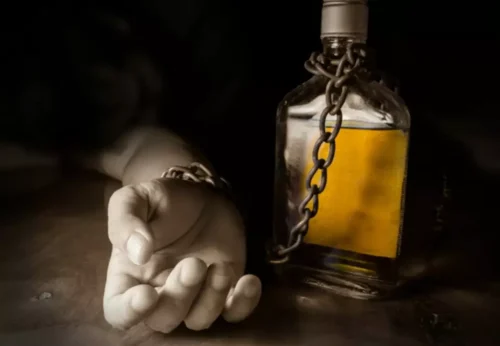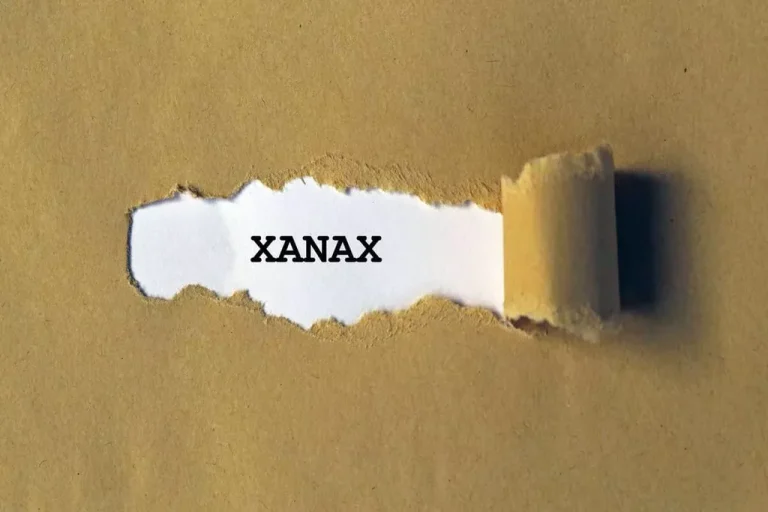
Although different resources will vary, most will tell us that there are six to seven stages of intoxication experienced by most people. These stages progress based on Blood Alcohol Content (BAC), so people progress through them as they have more to drink. When people drink alcohol, it passes through the stomach and into the small intestine.
H2: Trait Physical Aggressiveness Will Moderate the Effect of Alcohol on Aggression.
Blood plasma concentrations after smoked (21.8 mg) and intravenous (15.5 mg) d-methamphetamine peaked approximately within 5 min after administration (Cook et al., 1993). The present review aimed to determine whether there is a causal relation between intoxication with these psychoactive substances and aggression, and to define blood concentration thresholds above which these substances elicit aggression. Alcohol intoxication is usually treated with support and care as the body processes alcohol. In many cases, symptoms of intoxication will gradually decrease as alcohol is metabolized and eliminated from a person’s system. If you experience intoxication regularly, it may be a sign that you have an alcohol use disorder or substance use disorder.
Give me just a little more time: effects of alcohol on the failure and recovery of cognitive control
Mental rigidity and alcohol consumption have been explored as contributing to domestic violence. One such study included 136 men with a history of intimate partner violence (IPV) (Estruch, 2017). The individuals who had higher mental rigidity had lower empathy and perception of the severity stages of alcohol poisoning of IPV. Additionally, they reported higher alcohol use and hostile sexism than those lower in mental rigidity. An earlier study found that alcohol use enhanced aggression primarily among individuals who showed a heightened disposition for such behavior (Eckhardt and Crane, 2008).
- We did not include a direct manipulation check to assess whether participants in the Placebo condition were aware that they did not receive a high dose of alcohol.
- Specifically, they were asked if the tasks were good measures of reaction time and how they felt about their own performance as well as that of the other participants.
Effects of evaluative context in implicit cognitions associated with alcohol and violent behaviors
- For severe cases of alcohol intoxication, your loved one may be kept in the hospital for observation.
- The authors found that the same dose of alcohol increased aggression in some subjects, decreased aggression in other subjects, and had no effect on some other subjects.
- Conversely, alcohol intoxication appears to do little for those who tend to be aggressive anyway; this aggressive tendency leaves little opportunity for alcohol to have any effect.
This presents a concern because, relative to those on the ascending limb, those on the descending limb may be no more or less aggressive than sober controls (Giancola & Zeichner, 1997). In summary, these figures illustrate the complex conditions that lead to the onset of alcohol-related aggression and highlight the importance of treatment. Treatment should take account of the effect of problematic drinking on the cognitive, biological, and social mechanisms that favor aggressive behavior. For legal purposes (for example, when people are in vehicle crashes or are acting abnormally at work), alcohol levels can be measured in the blood or estimated by measuring the amount in a sample of exhaled breath. Alcohol, even in moderate doses, interferes with short-term memory formation which may cause blackouts. The intoxicated individual may seem gregarious and loquacious but will have limited memory of the blackout period.
If your friend has lost consciousness, it’s necessary to get her onto her side to prevent her from potentially choking on vomit, which can lead to death. Identifying those factors that might contribute to heightened anger when consuming alcohol is important for individuals who have anger issues and those who treat them. BAC (blood alcohol content) describes the amount of alcohol in a person’s bloodstream.
A Nonhuman-Primate Model for Type II Alcoholism
These include your age, gender, overall health, body weight, how much you drink, how long you have been drinking and how often you normally drink. The impaired judgment you have when drinking alcohol may cause you to think that you can still drive, regardless of your BAC. Drivers with a BAC of 0.08 or more are 11 times more likely to be killed in a single-vehicle crash than non-drinking drivers. Some states have higher penalties for people who drive with high BAC (0.15 to 0.20 or above) due to the increased risk of fatal accidents. Cognitive training that focuses on improving the ability to delay gratification could help in this regard (20) and thus positively affect abstinence outcomes (21).
Your Brain on Alcohol

CSF 5–HIAA concentrations were stable when samples were taken from monkeys 14, 30, 60, 90, 120, and 150 days after birth (Shannon et al. 1995). These early differences remain stable, with mean concentrations of CSF 5–HIAA taken in late infancy (i.e., at age 6 months) predicting concentrations 1 year later in middle childhood (Higley et al. 1992b) and into adulthood (Higley et al. 1996d, 1996e). Such findings suggest that as a potential risk factor, low CSF 5–HIAA concentrations are present early in life and endure over time and across situations. This association indicates that the high rates of violent aggression shown by these monkeys probably result from impaired impulse control.

Alcohol dose and aggression: another reason why drinking more is a bad idea

